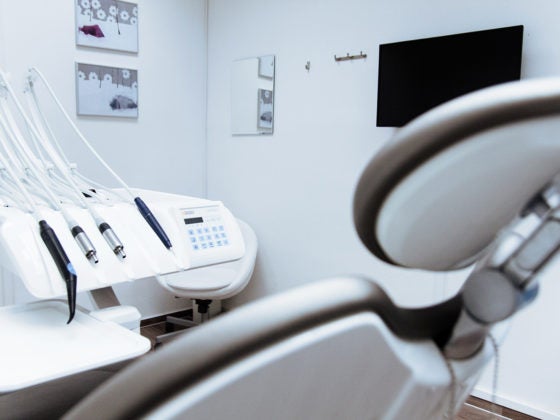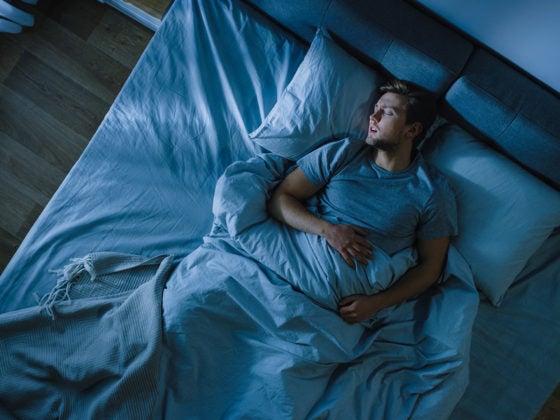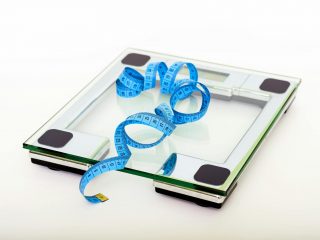You just had your morning coffee, and almost immediately, you get heartburn and this happens to you almost every…single…day. That feeling, whether it’s a burning sensation in your chest or throat or maybe as a bonus, you have a little regurgitation? What you likely have is GERD (Gastroesophageal Reflux Disease). It develops when stomach acid frequently flows back into the esophagus causing irritation.
Many people confuse heartburn with GERD. Heartburn is a symptom, while GERD is the over-arching problem. Heartburn is no joke; people can mistake it with the pain caused by heart attacks. It is common, with 5 million Canadians experiencing symptoms. According to studies, GERD is more common in men than women.* This includes TV personality, Rick Campanelli. “I was so surprised to hear that so many people actually suffer from GERD without even knowing it (More than 5 millions Canadians!), Campanelli stated. “I’ve always suffered from chest pain, heart burn, indigestion and acid reflux when I would enjoy my favourite foods and never knew that it was because I had GERD until I talked to my doctor.”
According to the same studies, men experience the disease differently than women, so, we thought it was time to share tips for reducing and managing symptoms.
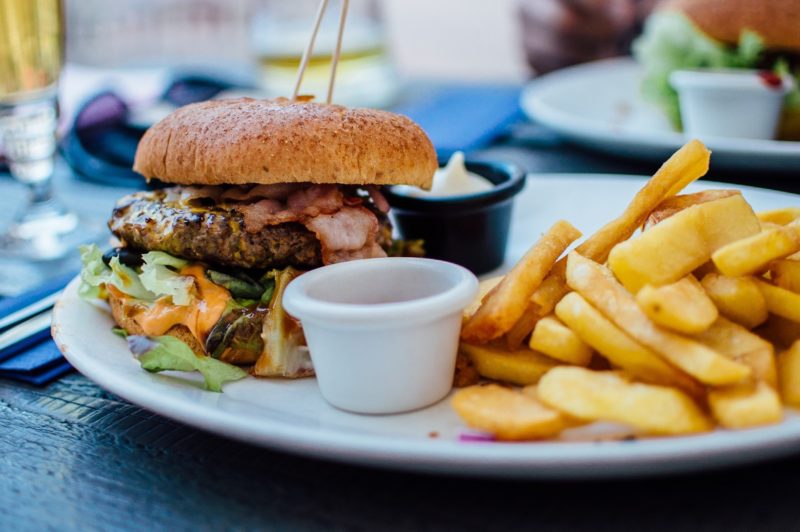
Avoid Certain Foods and Beverages
It is well-known that foods and beverages that are acidic can cause a GERD flare up. These include citrus fruits and beverages, tomatoes (including tomato juice, sauce and salsa) and coffee. Foods that are high in fat or fried can also cause issues. Onions, chocolate and peppermint should be on your no-buy list. Carbonated beverages and alcohol are also common offenders. **
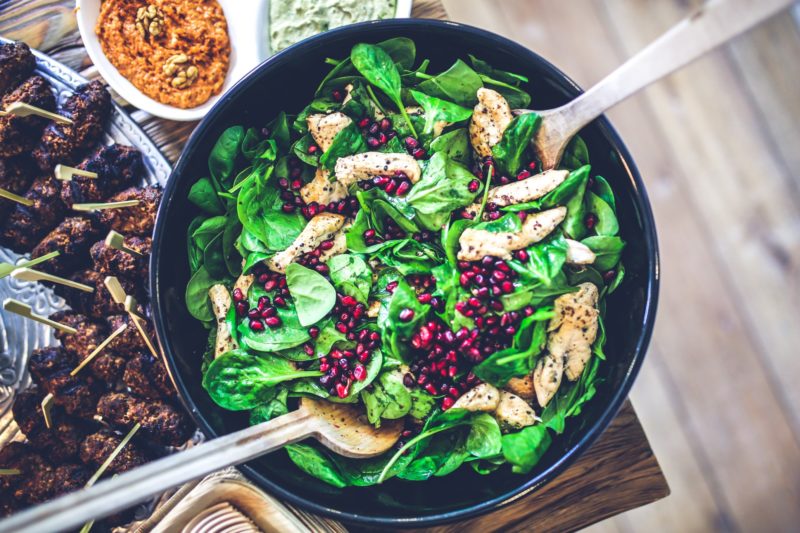
Add Foods That Aren’t Triggers to Your Diet
If you have GERD, you can still enjoy many of your favourite foods and beverages. Non-citrus fruit like bananas and melon can still be on your menu. You can eat most vegetables. Lean meat and egg whites are also not likely to trigger symptoms. Complex carbohydrates and healthy fats like olive oil and fatty fish may also help.

Keep a Food Diary
We know, we know, it feels like a lot of work. If you keep a food diary, though, you can track and narrow down your triggers. Once you figure out what is causing your symptoms, you can avoid those foods and beverages.
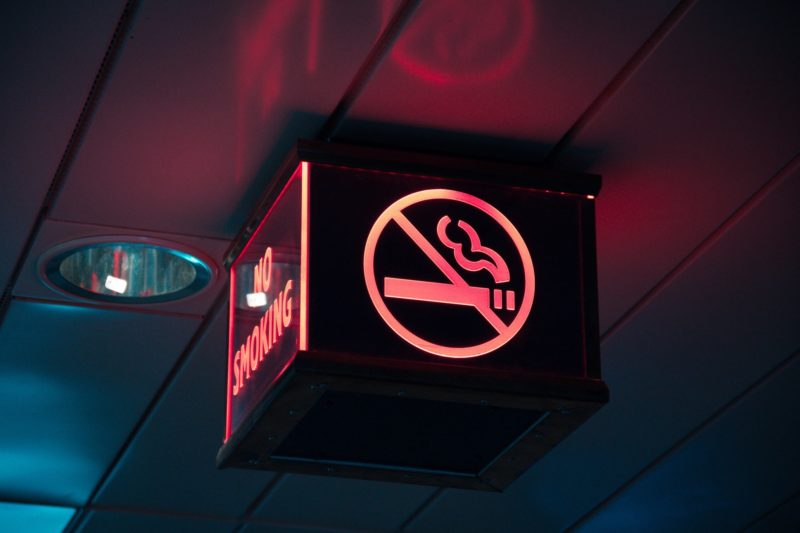
Quit Smoking and Watch Your Weight
Smoking can relax the lower esophageal sphincter which can trigger GERD. Another reason to quit, as if there weren’t enough reasons already. Obesity can also play a role in GERD symptoms, therefore, it is important to eat a healthy diet and watch your weight.
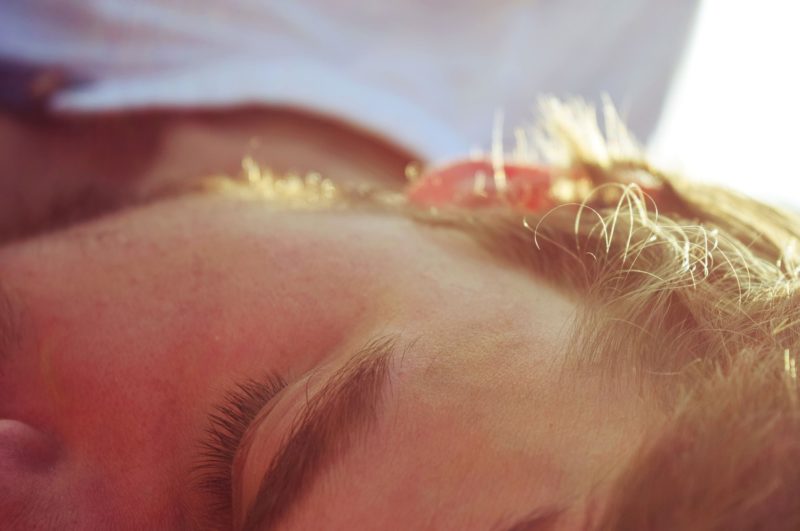
Do Not Lie Down After Eating
A nap after a food fest can be tempting, but it can also be a trigger. You should sit up for at least 2-3 hours after eating to allow the acid in your stomach to decrease. If you are standing up, watch your posture.
Try A Non-Prescription Treatment Option But Speak to Your Doctor or Pharmacist First
Rick Campanelli found relief from his symptoms by taking EsopH which is available without a prescription. He said, “I found myself not being able to enjoy the things every Italian loves– Pasta with red sauce, dark chocolate, red wine. It was either suffer from not being able to enjoy eating the things I love the most or suffer from the pain from my heart burn and acid reflux afterwards. Now, I don’t have to choose one over the other since I’ve started taking EsopH and I’m back to enjoying my big family dinners and a glass of wine on the weekend!”
EsopH is a liquid gel and is available in easy to carry, single-dose stick pack. It can be taken up to 4 times daily. EsopH combines three ingredients that are clinically proven to create a physical protective barrier in the esophagus. It reduces pain and promotes tissue regeneration. If you have never taken it before, speak with your doctor or pharmacist first. The good news is that you may still be able to enjoy some of your favorite foods and cocktails.






